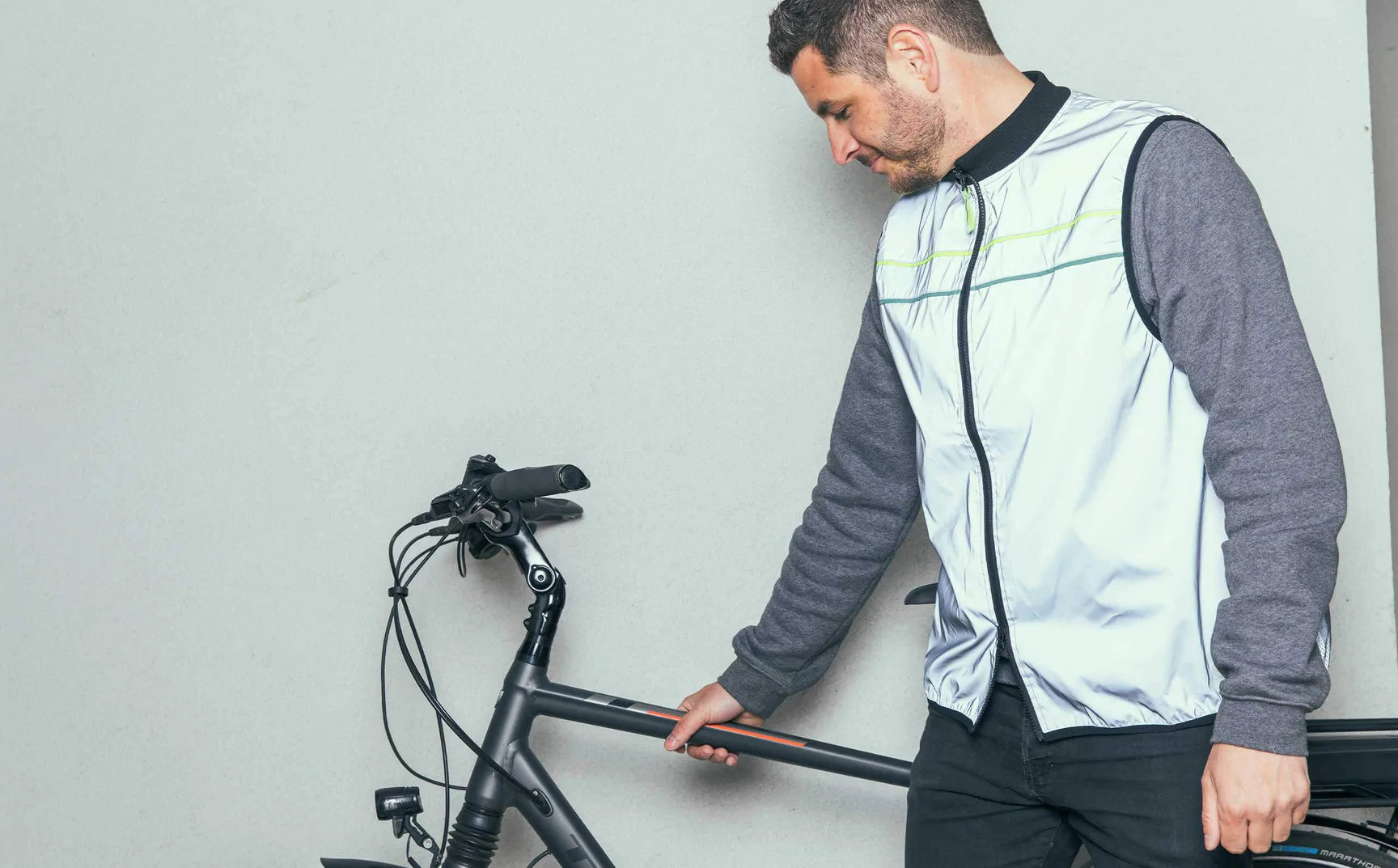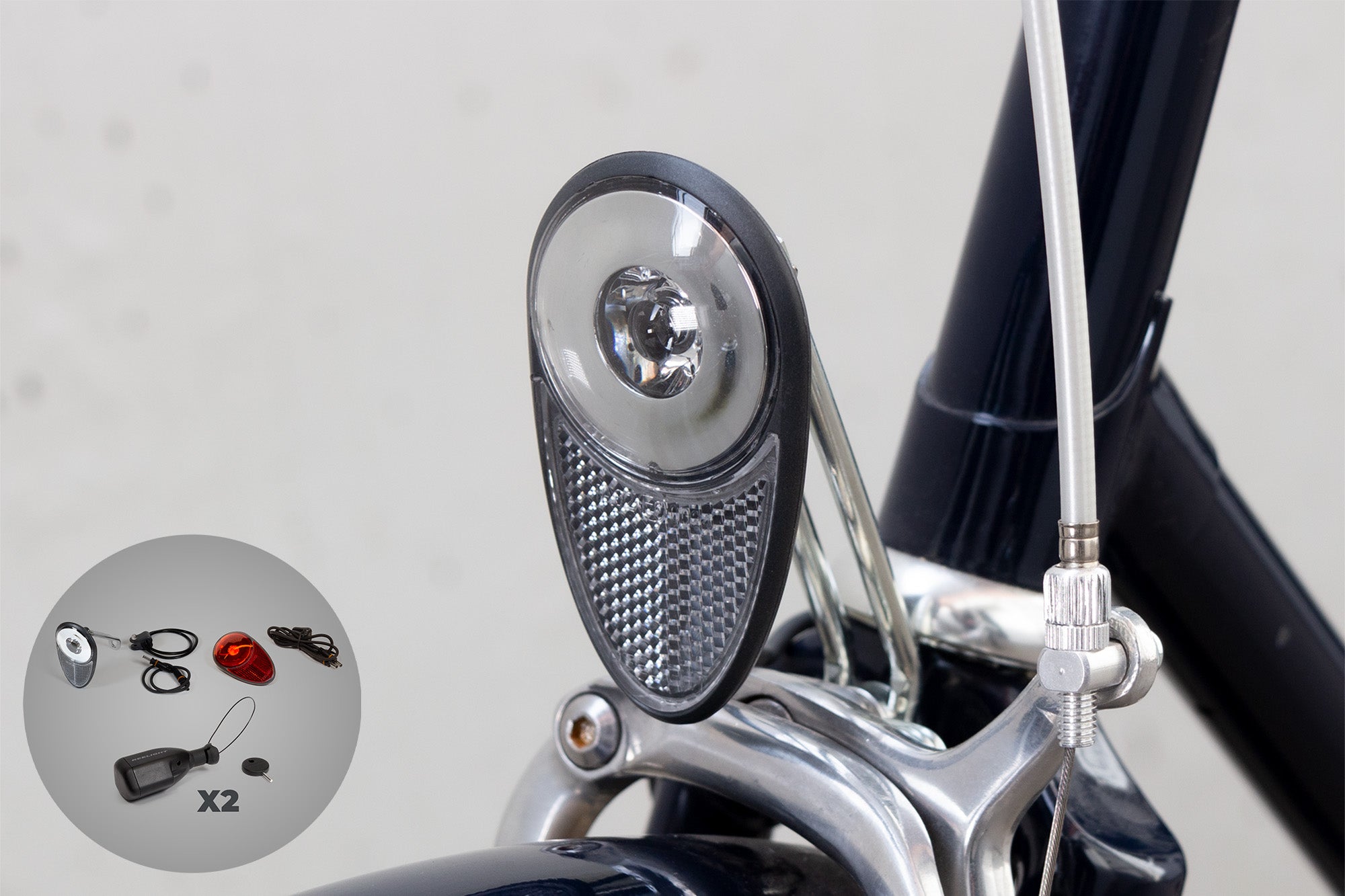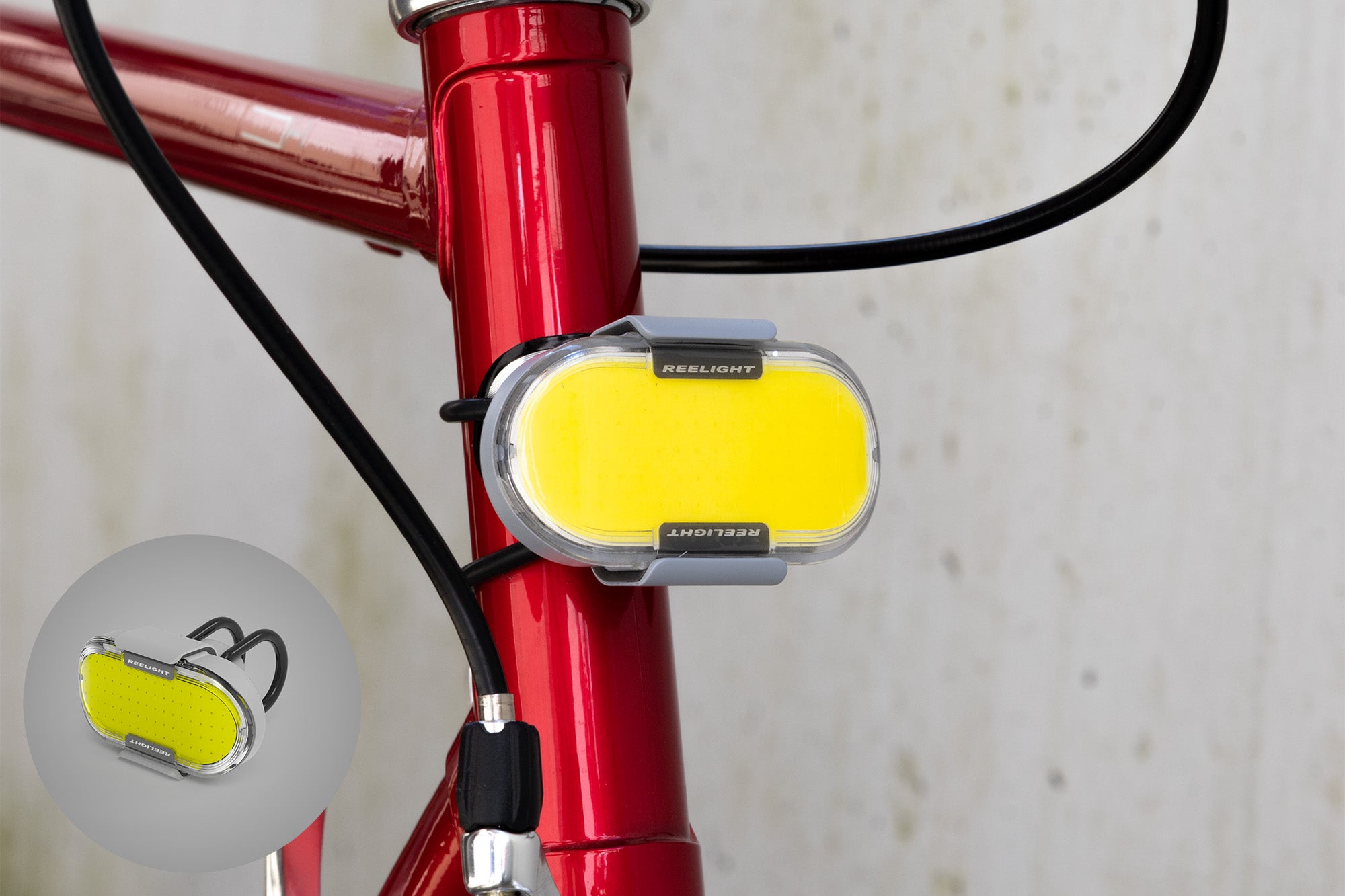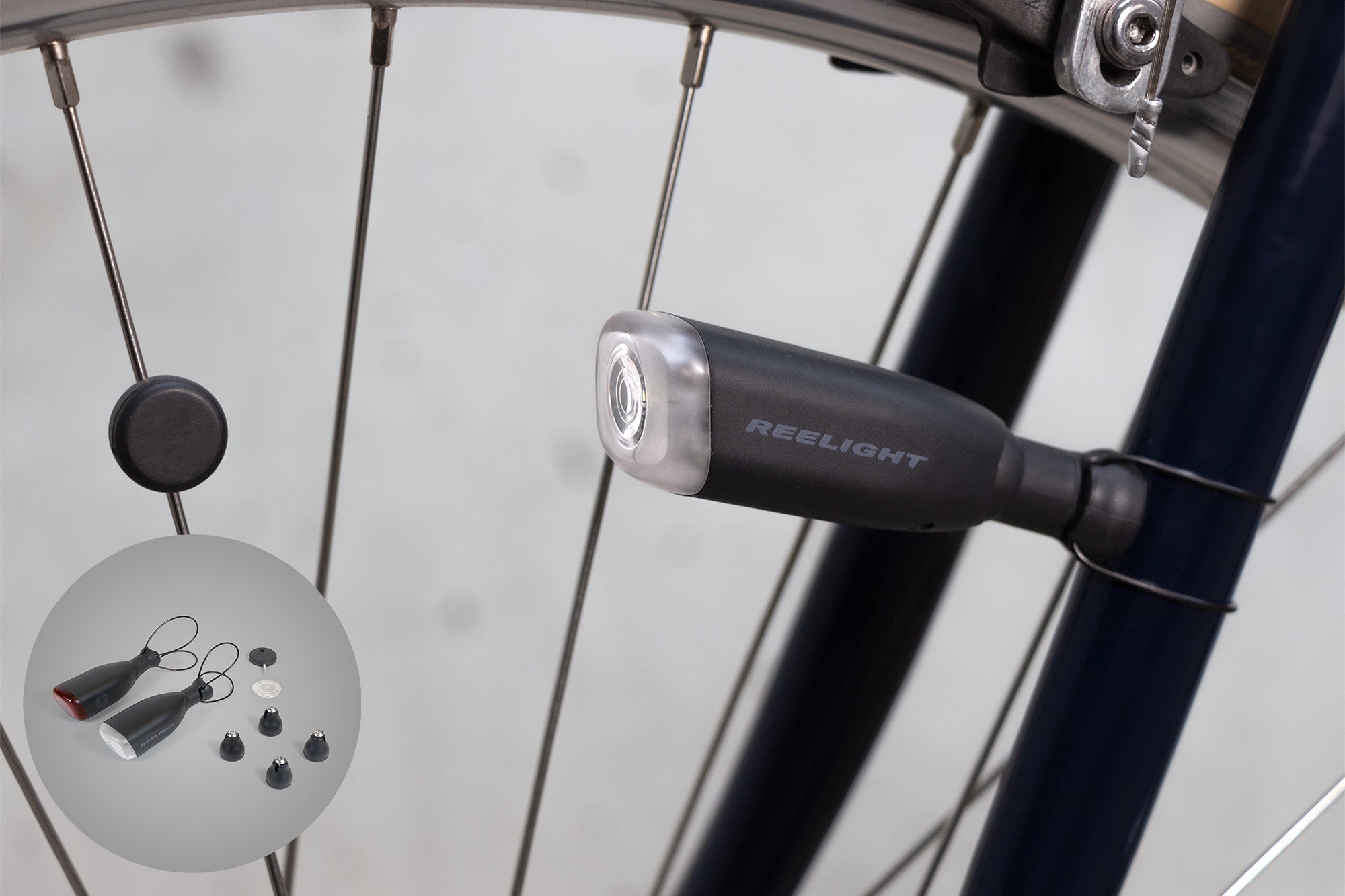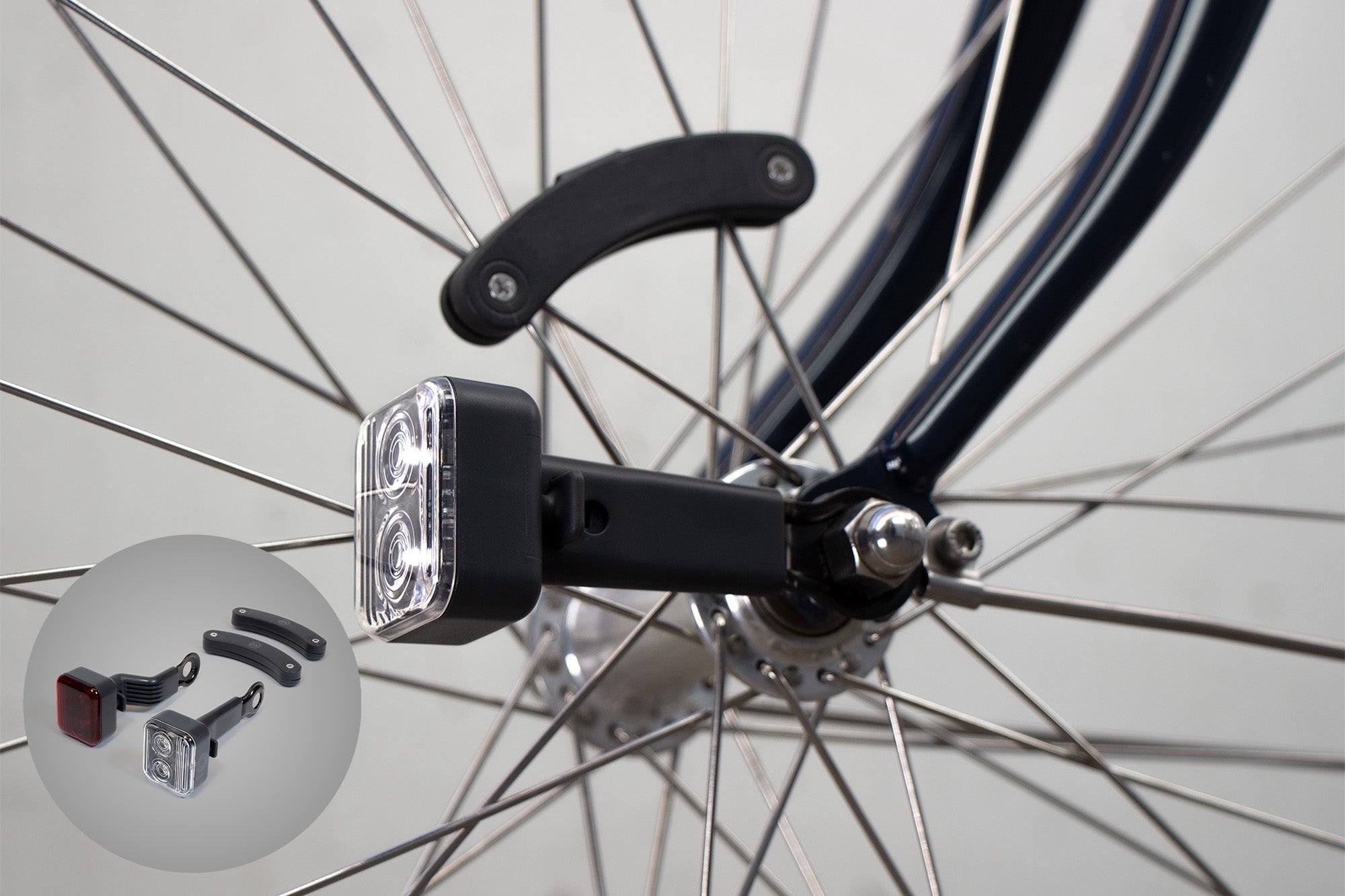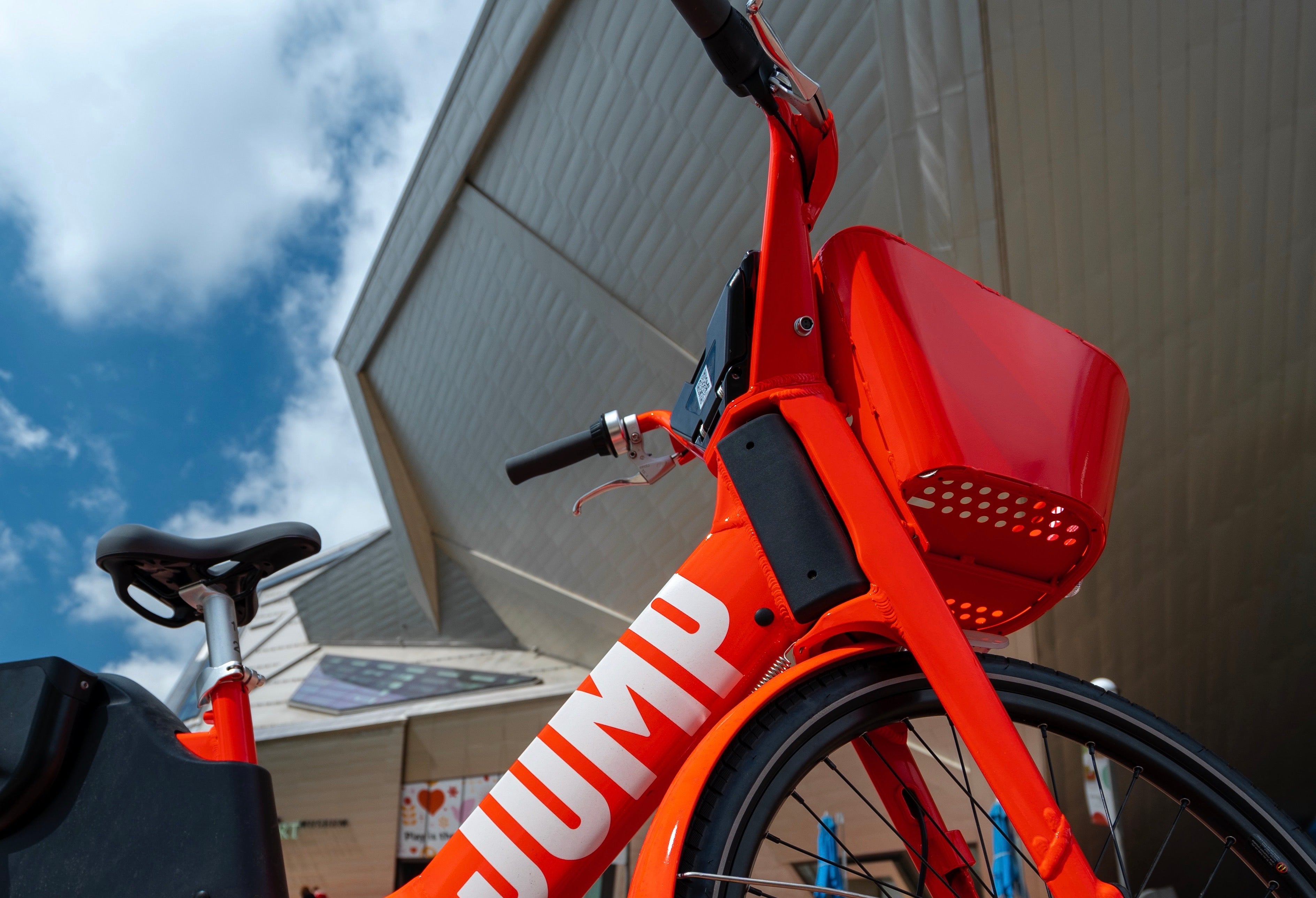
Why non-cyclists are improving cycling
In Denmark, 10% of new bikes are e-bikes. In Germany it’s 25%. So, one thing is certain: this is a category that is suddenly growing very quickly.
This will annoy many traditional cyclists. They see the e-bike as cheating. Or for old people who don’t have the strength to pedal. However, something is happening, here, that should make any cyclist happy.
The people most likely to buy an e-bike are the ones least likely to enjoy ‘ordinary’ cycling. But they are not buying an e-bike because they are lazy. Not least because e-bikes are really quite expensive.
No, they are often choosing an e-bike to commute in a city. They may have taken the decision to leave the car at home or decided that public transport isn’t convenient or affordable any more. So the subject here is commuting, not exercise.
With more people living in cities and the growing realisation that urban pollution created by cars is contributing to climate change, cycling seems to be an inarguable part of the solution. But it is a huge leap to expect a motorist to switch from a warm and comfortable car to a bike in the rain.
E-bikes smooth the transition because they remove one pretty big obstacle, for an office worker at least. Pedalling a few kilometres can be a sweaty business and mean a change of clothes at the end of the journey. But an e-bike makes the same trip relatively effortless.
The argument that e-bikes don’t offer such great health benefits don’t really apply. After all, there’s no health benefit to sitting on the bus, which is the alternative option.
Copenhagen, Amsterdam and Hamburg are all living proof that if cycling is on the up, facilities in cities can improve, which attracts more cyclists.
Every kind of cyclist is safer in a well-designed cycle lane or a purpose made bridge. Everyone wins when cycle path lighting is upgraded.
So perhaps it’s the number of wheels that matter, rather than what’s making them turn.


